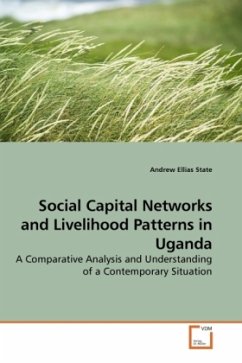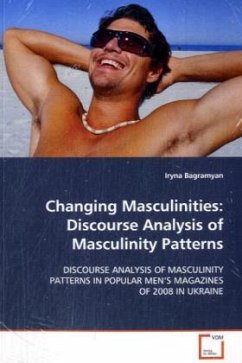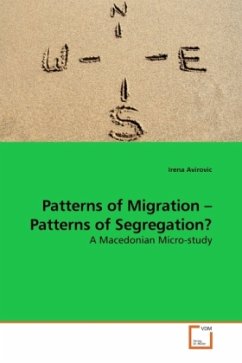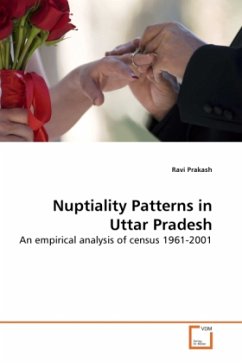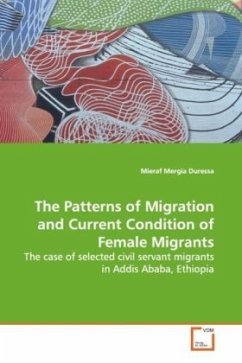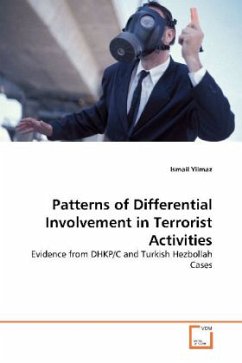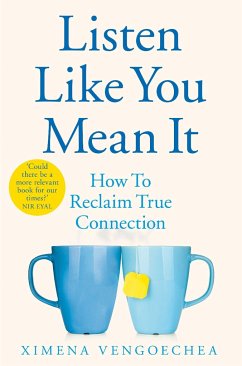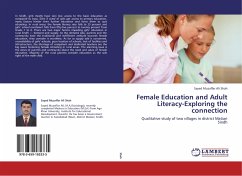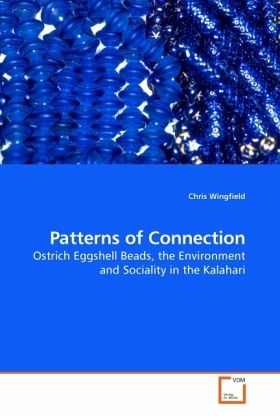
Patterns of Connection
Ostrich Eggshell Beads, the Environment and Sociality in the Kalahari
Versandkostenfrei!
Versandfertig in 6-10 Tagen
38,99 €
inkl. MwSt.

PAYBACK Punkte
19 °P sammeln!
The beaded African tribesman is a powerful image in the western imagination. It is suggestive of life far removed from the financially motivated 'modern' world. The representation of the Kalahari as isolated is a familiar trope, but is one that does not do justice to the connected world of relations that exists there. To be connected to a network is sometimes seen as a condition of modernity, or even post-modernity . While electronic communications and high-speed travel may have made physical distance less of an obstacle to some transactions, the condition of connectedness may be seen as a bas...
The beaded African tribesman is a powerful image in the western imagination. It is suggestive of life far removed from the financially motivated 'modern' world. The representation of the Kalahari as isolated is a familiar trope, but is one that does not do justice to the connected world of relations that exists there. To be connected to a network is sometimes seen as a condition of modernity, or even post-modernity . While electronic communications and high-speed travel may have made physical distance less of an obstacle to some transactions, the condition of connectedness may be seen as a basic one. Rather than understanding being part of a network as characteristic of any particular time or place, we may explore the different patterns that connections take in varying times and places. This work is an attempt the explore the patterns of connection that emerge around the production of ostrich eggshell beads in the Kalahari. Just as the beads themselves can be strung together in different ways to be visually appealing, so the humans and animals that are necessary for their production can also be related according to varying patterns of connection.





